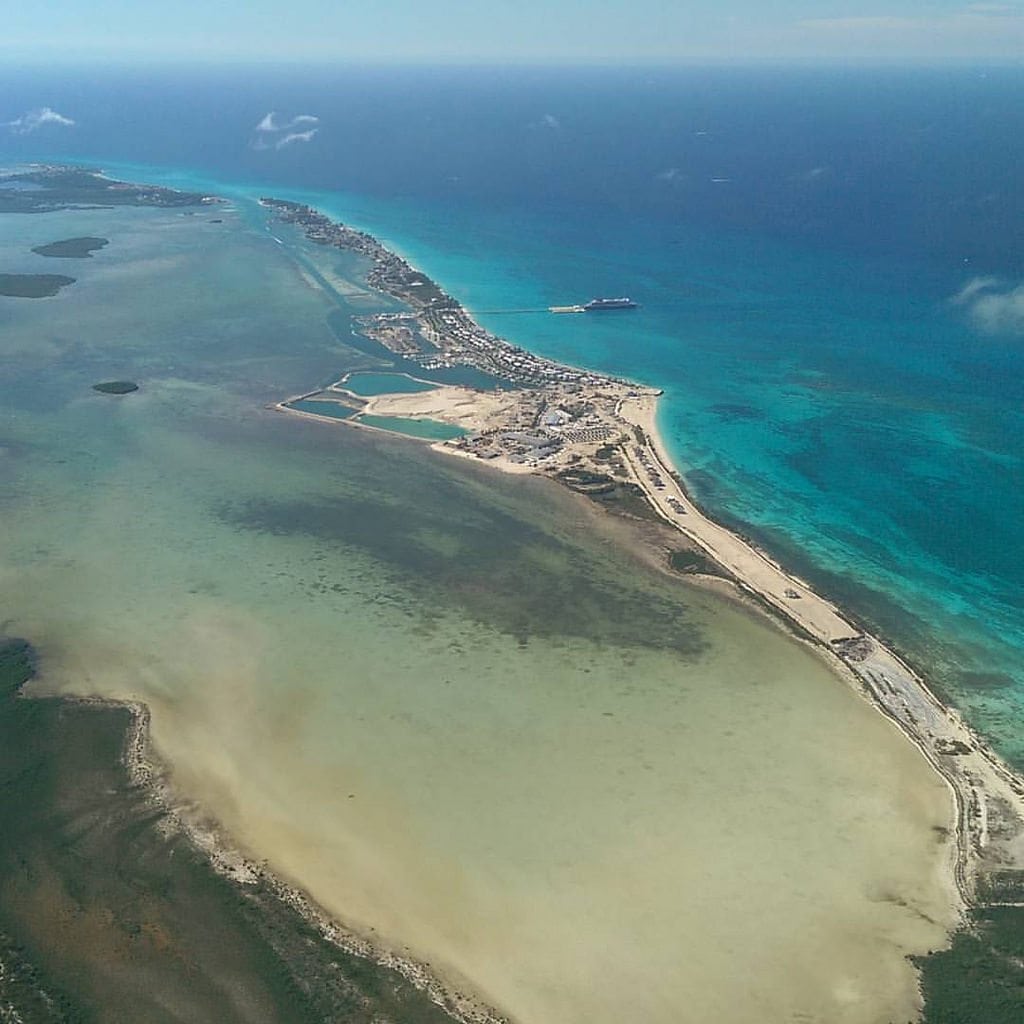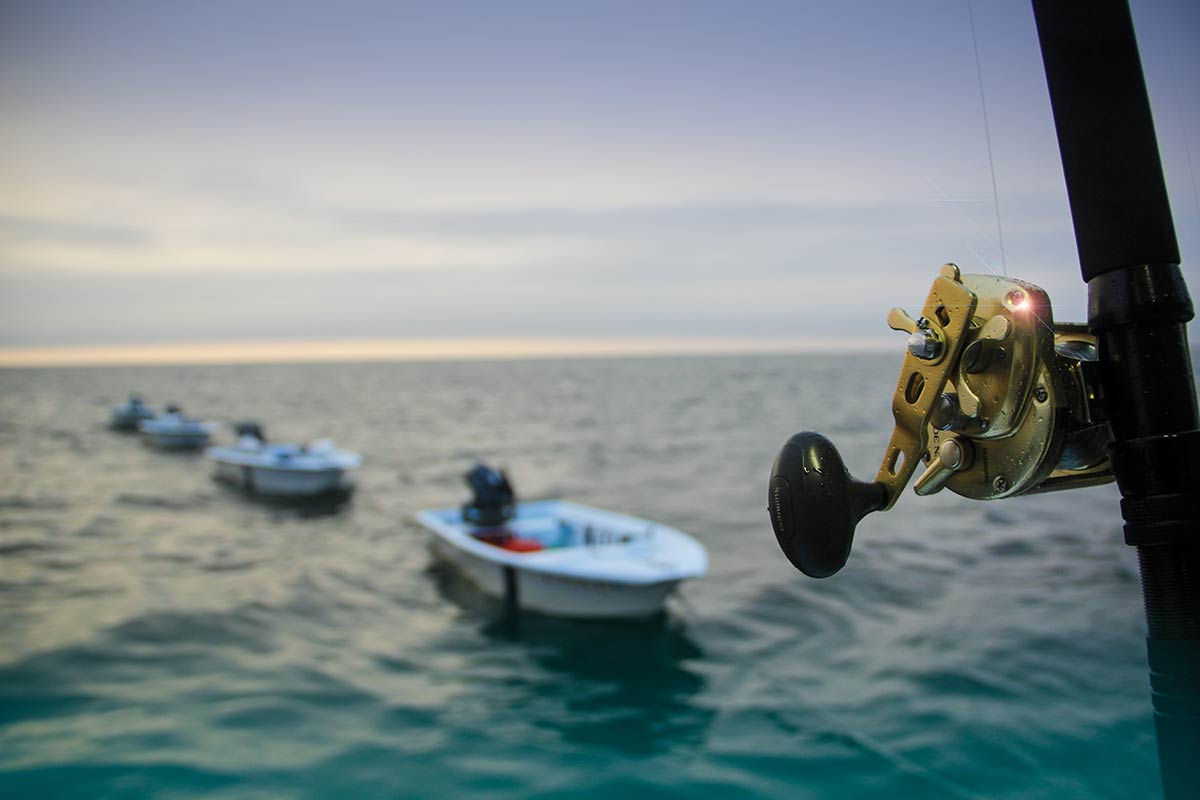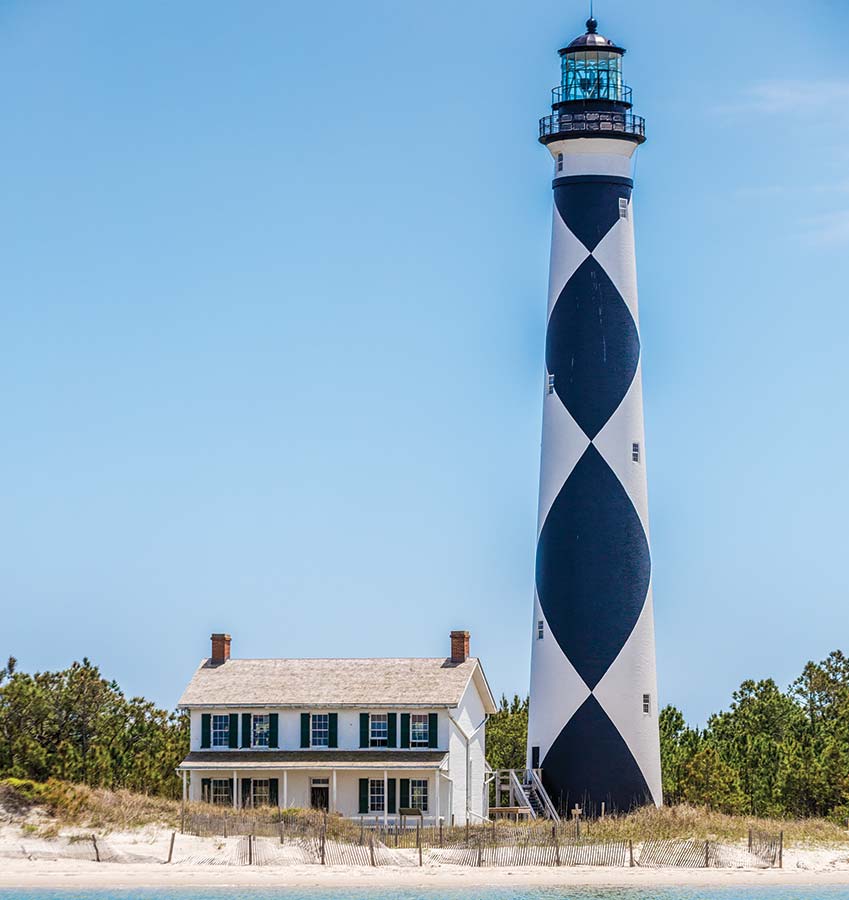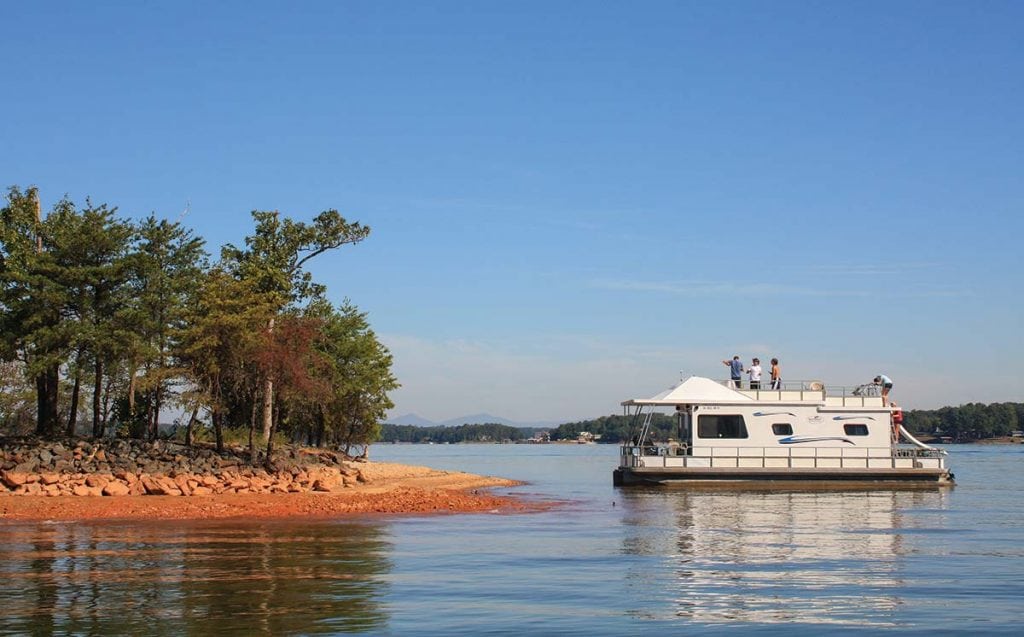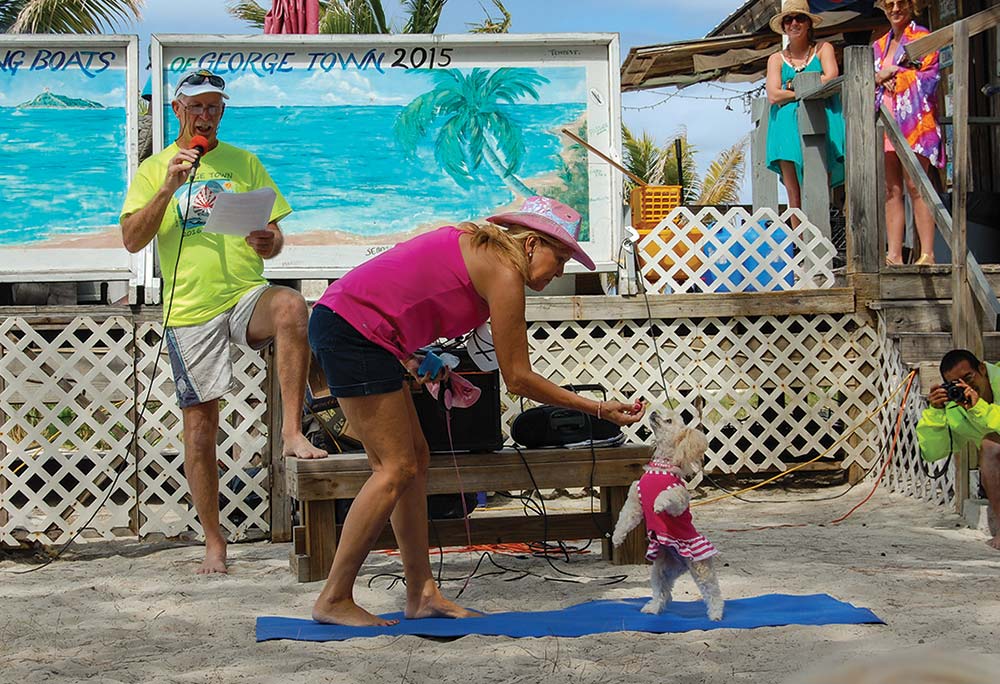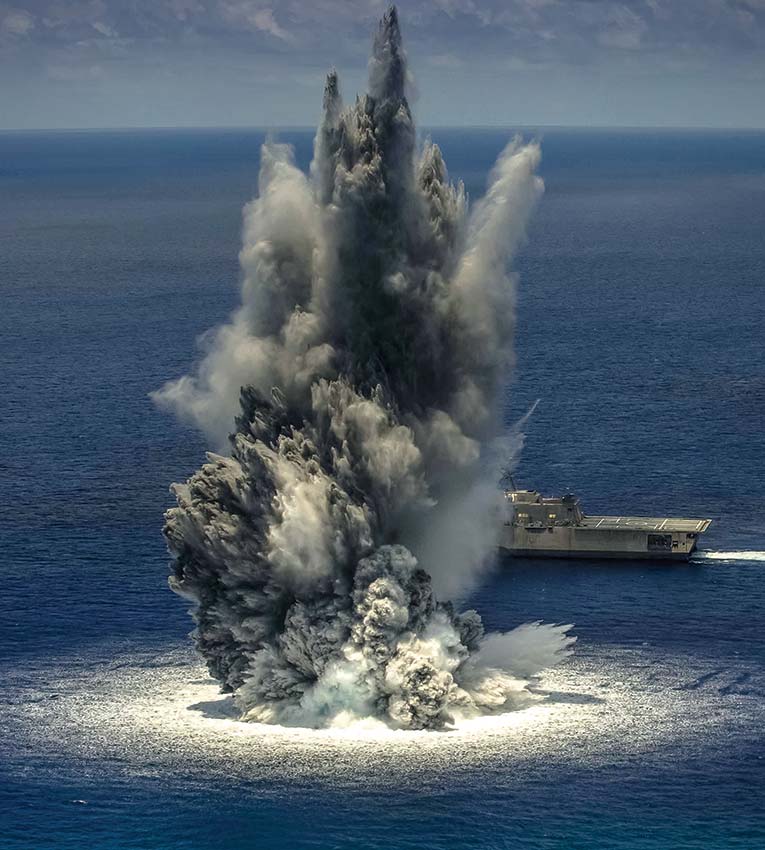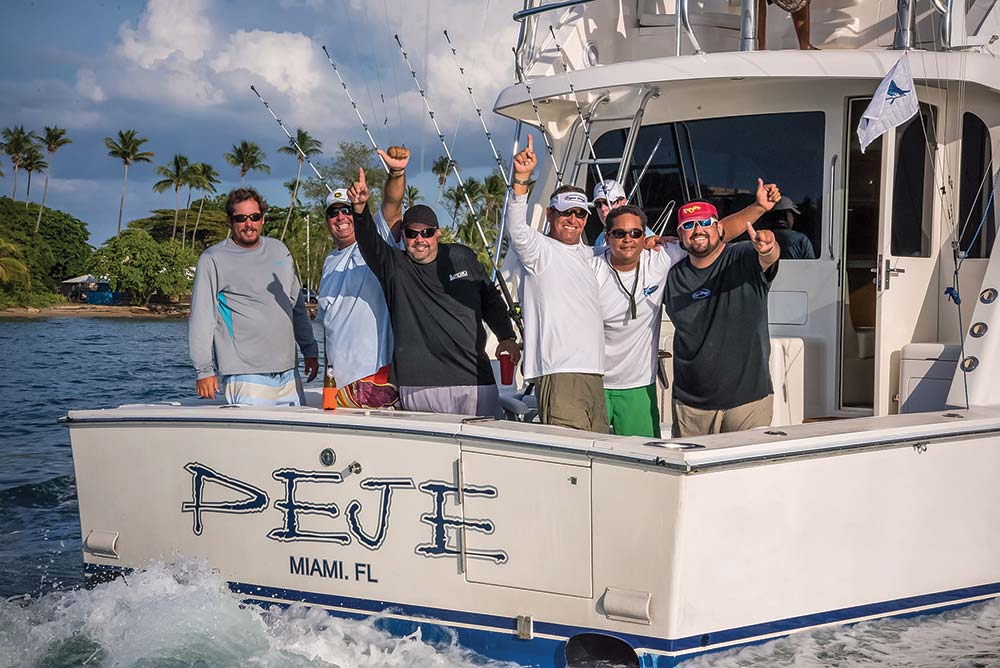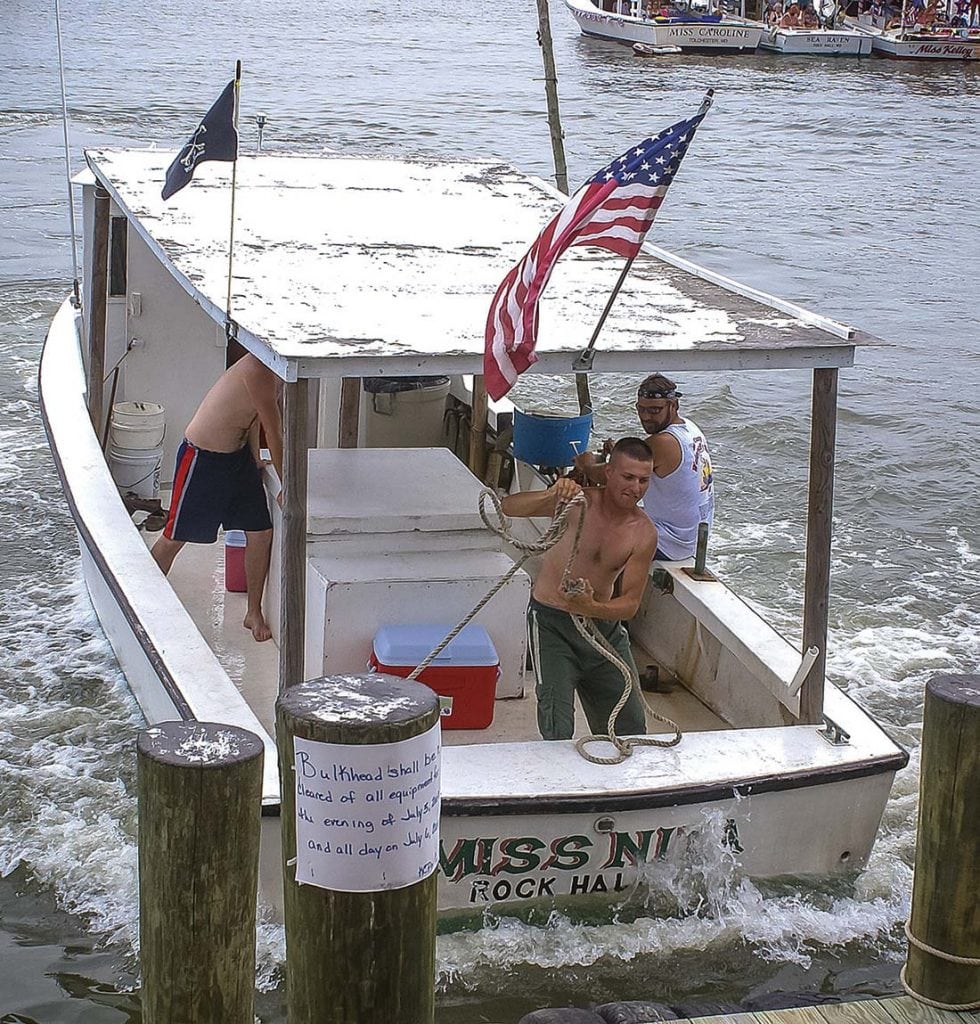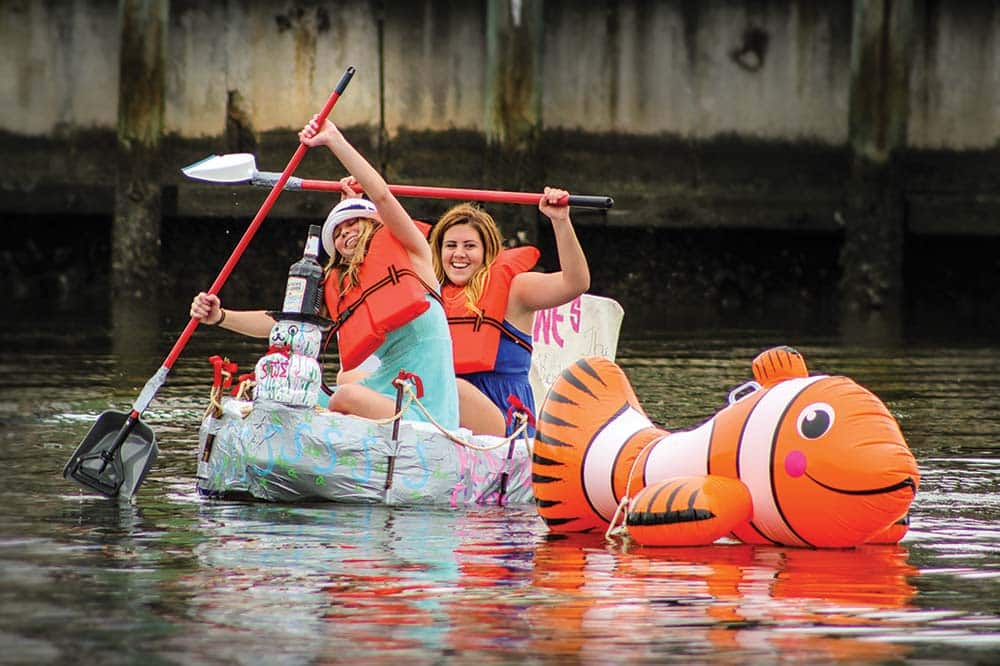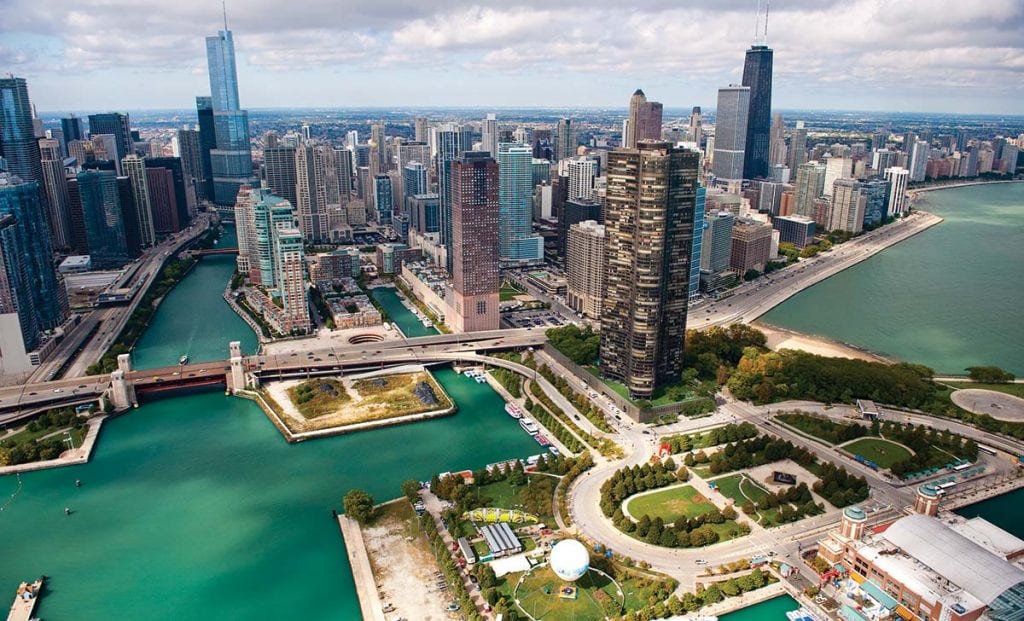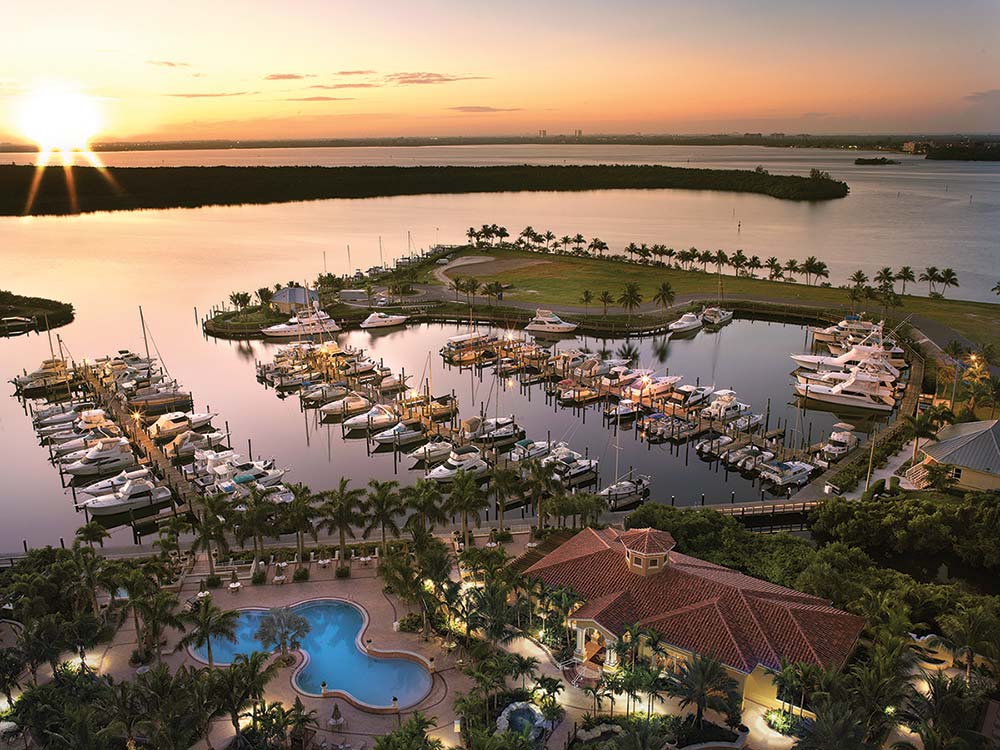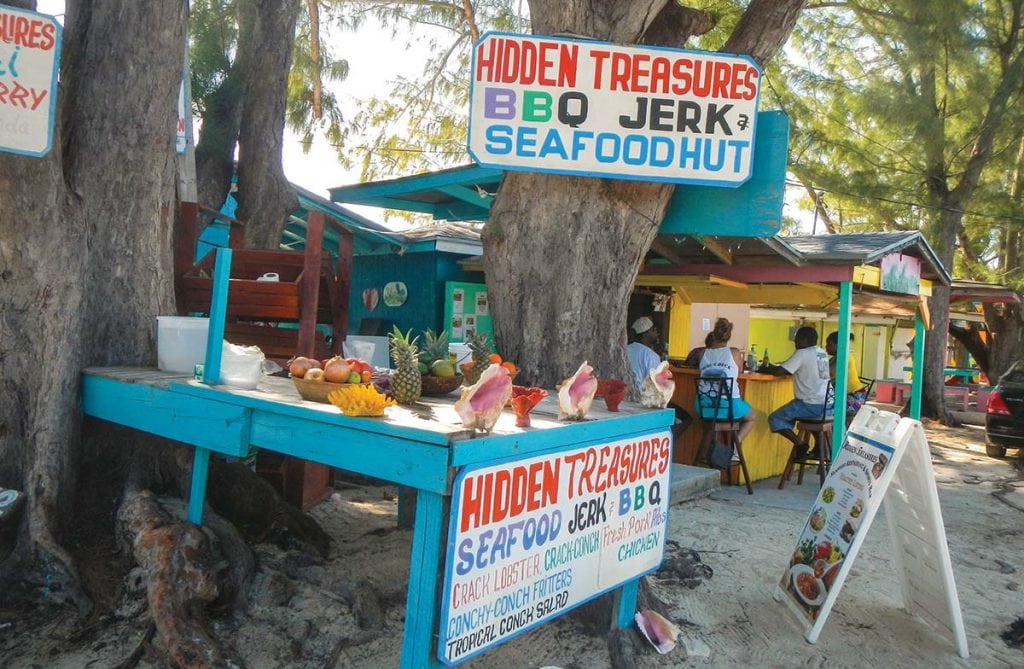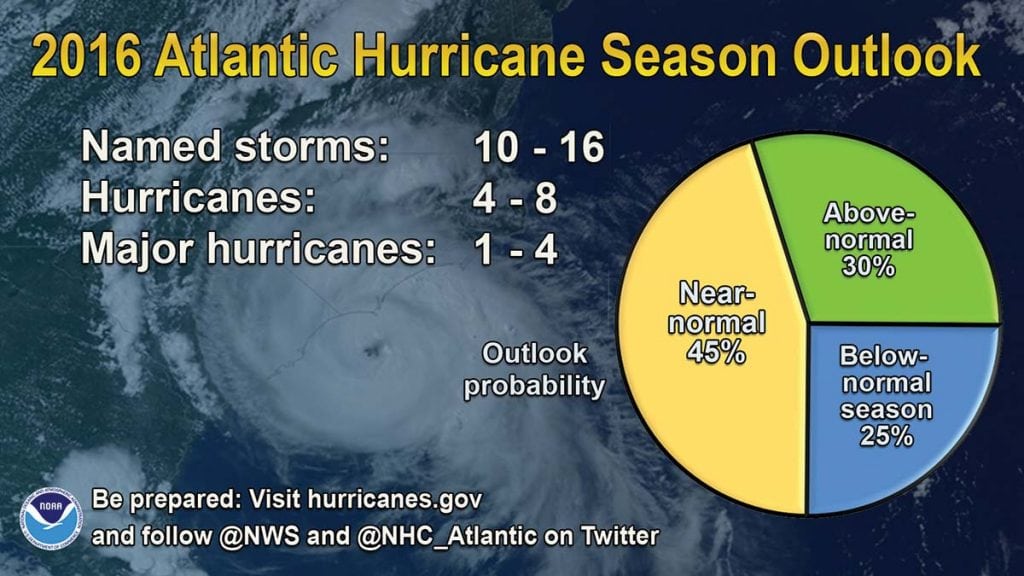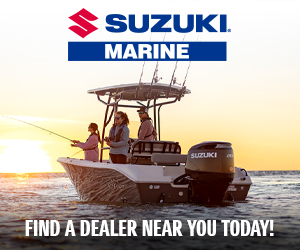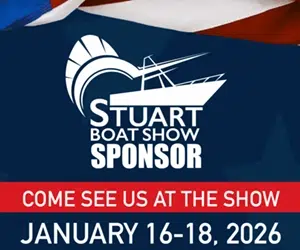Destinations
Destinations: Looking for information for your next cruising destinations? Whether you’re planning a sail in the Caribbean or summering in Newport, our destinations resources will help you plan the perfect excursion. Our expansive cache of destination information includes Monthly regional reports filled with seasonal tips and travel itineraries, Local knowledge on great boating locales, Cruiser resources—complete with photos, Insider tips, marina information and more!
Bimini: where folklore meets luxury
Have you been to Bimini lately? We have! The Bahamian island is located just 50 nautical miles from South Florida’s...
Read moreDetailsTournament Fishing: Texas Style
Everything is bigger in Texas and this includes fishing tournaments. With more than 367 miles of coastline on the Gulf...
Read moreDetailsBeaufort, North Carolina
In Beaufort, North Carolina, preserving the past is the way of the future. Often referred to as the Inner Banks...
Read moreDetailsExplore These Five Inland Lakes
For a change of scenery, tow your boat to inland lakes and rivers. Most of our cruising destination articles are focused...
Read moreDetailsGeorge Town, Great Exuma
George Town is perhaps the most recognizable destination for cruisers venturing into the Exuma Cays. Located on the western shore...
Read moreDetailsThis (Earthquake) Is A Test, Only A Test
A 3.7 magnitude earthquake recorded off the Florida coast on July 19th was actually a 10,000-pound explosive charge detonated by...
Read moreDetailsBillfish are expected to bite at Puerto Rican Tournament.
Many opportunities to catch and release marlin are what organizers of the San Juan International Billfish Tournament (IBT), hosted out...
Read moreDetailsPhiladelphia — Colonial Coast
Philadelphia’s rich waterfront scene offers cruisers a glimpse into the past. When most people think of Philadelphia, they probably conjure...
Read moreDetailsChesapeake Cowboys’ season finale at the Baltimore Yacht Basin
Extreme boat docking will make its debut this month on the western shore at Nick’s Fish House and the Baltimore...
Read moreDetailsWhatever Floats Your Boat Regatta on Apalachee Bay
Florida State University Coastal and Marine Laboratory is sponsoring the 5th Annual Whatever Floats Your Boat Regatta in Apalachee Bay...
Read moreDetailsChicago, Illinois
Carve out a few extra days on your Great Loop adventure to explore Lake Michigan's Windy City. Cruisers who complete the Great Loop—the...
Read moreDetailsExpansion at Tarpon Point Marina
Additional docks are nearing completion at Tarpon Point Marina adjacent to the Westin Cape Coral Resort at Marina Village in...
Read moreDetailsHot competition, cool cruising
There’s something for everyone at this year’s USVI Open/Atlantic Blue Marlin Tournament (ABMT) and MarlinFest set for August 13-19 in...
Read moreDetailsCat Island
Cat has the gin-clear water, beautiful beaches, fishing, and diving you would expect to find in these islands, but it...
Read moreDetailsHurricane amnesia
Hurricane season is once again upon us and technically runs from June 1st through November 30th. NOAA’s Climate Prediction Center...
Read moreDetails

